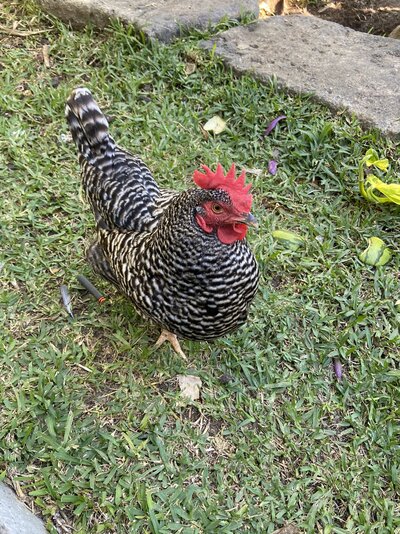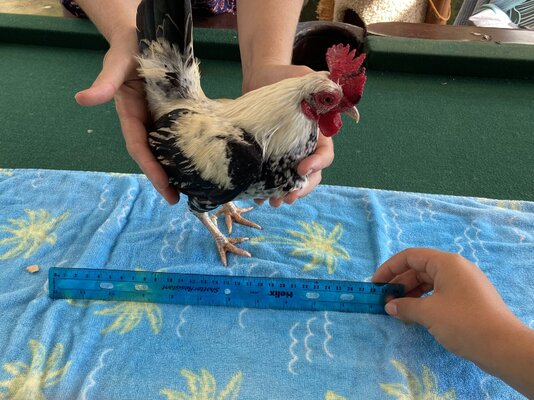raingarden
Crowing
I think the eclipse plumage (if it still exists) would be a good way for a layman sort out the most primative. Evidently it has always been very subtle and was lost early in the domestication process. The only way to confirm it may be by looking for pin feathers in June and then again in October. I guess it is possible that it was only discovered initially by ornithologist examining dated study skins.




